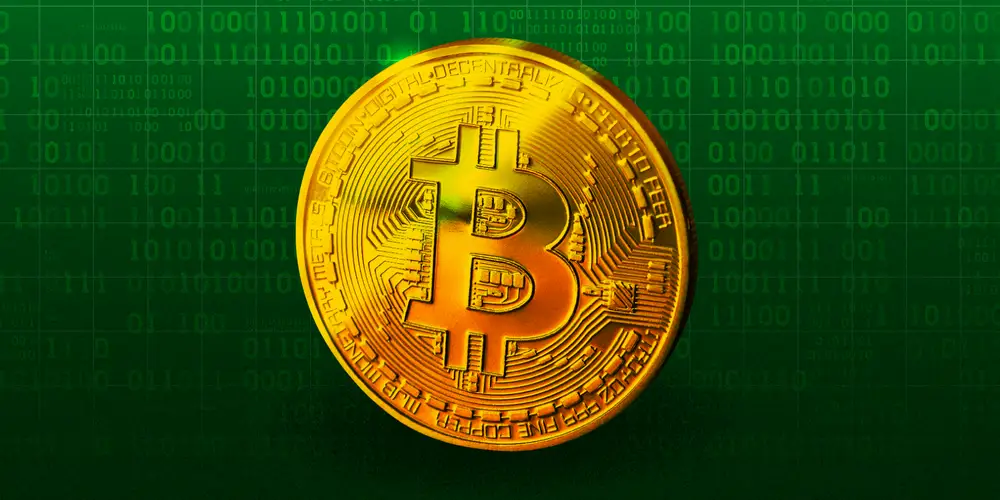Introduction to Tokenized Renewable Energy Assets
The global shift toward sustainability has fueled a growing demand for innovative investment models. Among these, tokenized renewable energy assets stand out as a revolutionary approach that bridges the gap between blockchain technology and sustainable energy projects. By transforming renewable energy infrastructure into digital tokens, investors gain a secure, transparent, and fractional way to participate in green energy markets.
What Are Tokenized Renewable Energy Assets
Tokenized renewable energy assets are digital representations of ownership in renewable energy projects such as solar farms, wind turbines, and hydroelectric facilities. Each token is backed by a real-world asset, making it a reliable and tangible investment. This system leverages blockchain technology to ensure transparency, security, and immutability of ownership records. With tokenization, investors from anywhere in the world can easily access green investment opportunities without the barriers of traditional finance.
The Importance of Tokenized Renewable Energy Assets
Investing in tokenized renewable energy assets contributes to both financial growth and environmental sustainability. Renewable energy projects often require substantial funding, and tokenization enables project developers to raise capital efficiently. At the same time, investors gain exposure to long-term, stable returns while supporting the global transition to clean energy. The dual benefit of profitability and sustainability makes these assets highly attractive.
How Tokenized Renewable Energy Assets Work
The process of creating tokenized renewable energy assets involves dividing a renewable energy project into digital tokens. These tokens are then sold to investors on blockchain-based platforms. Each token may represent a share of the project’s revenue or energy output. Smart contracts automate the distribution of profits, ensuring that investors receive fair returns in real-time. The blockchain’s decentralized nature eliminates intermediaries, reducing costs and increasing efficiency.
Benefits of Tokenized Renewable Energy Assets
- Accessibility: With tokenized renewable energy assets, even small investors can participate in large-scale renewable projects by purchasing fractional shares.
- Liquidity: Unlike traditional investments, tokens can be traded on secondary markets, offering greater liquidity.
- Transparency: Blockchain ensures all transactions related to tokenized renewable energy assets are secure and verifiable.
- Sustainability: Every investment directly supports green projects, reducing global carbon footprints.
Tokenized Renewable Energy Assets and Global Markets
The global energy market is rapidly adopting tokenization. Countries investing heavily in renewable energy now see tokenization as a tool to democratize access to green finance. Platforms offering tokenized renewable energy assets are emerging in Europe, Asia, and North America, allowing cross-border participation. This global adoption ensures that capital flows more efficiently to projects that need it most, accelerating the clean energy transition.
Why Investors Choose Tokenized Renewable Energy Assets
Traditional investment avenues often lack transparency and accessibility. By contrast, tokenized renewable energy assets provide security, diversification, and the opportunity to support environmentally conscious projects. Investors are increasingly motivated not just by profit but also by impact. With tokenization, they achieve both goals—earning returns while actively contributing to global sustainability.
The Role of Blockchain in Tokenized Renewable Energy Assets
Blockchain technology is the backbone of tokenized renewable energy assets. It secures ownership rights, prevents fraud, and streamlines transactions. Smart contracts automatically execute investment agreements, ensuring timely and accurate payouts. The combination of blockchain and renewable energy creates a robust ecosystem where both technology and sustainability work hand in hand.
Future of Tokenized Renewable Energy Assets
The future of tokenized renewable energy assets is exceptionally promising. As governments push for net-zero emissions and private investors seek greener portfolios, tokenization will play a pivotal role in mobilizing capital. With the growing popularity of decentralized finance (DeFi), tokenized renewable energy assets may soon integrate with broader financial ecosystems, enabling seamless lending, borrowing, and trading of green tokens.
Challenges Facing Tokenized Renewable Energy Assets
Despite their potential, tokenized renewable energy assets face challenges. Regulatory uncertainties, technological adoption, and investor awareness remain hurdles to widespread adoption. Governments and financial institutions must collaborate to create frameworks that protect investors while fostering innovation. Overcoming these obstacles will determine how quickly tokenization reshapes the renewable energy landscape.
Novion and Tokenized Renewable Energy Assets
Platforms like Novion are leading the way in offering secure, user-friendly access to tokenized renewable energy assets. By connecting investors with vetted renewable projects, Novion ensures both transparency and trust. The platform’s mission is to make green investments accessible to everyone, regardless of financial background, through the power of tokenization.
Conclusion: The Future of Green Investments
Tokenized renewable energy assets represent a turning point in how we invest in sustainability. They combine the transparency of blockchain with the urgency of renewable energy adoption, creating a powerful financial instrument for the future. By breaking down barriers to entry, offering liquidity, and aligning profit with environmental responsibility, tokenized renewable energy assets are poised to transform the investment landscape. For those seeking both financial returns and meaningful impact, tokenization is the future of green investments.




